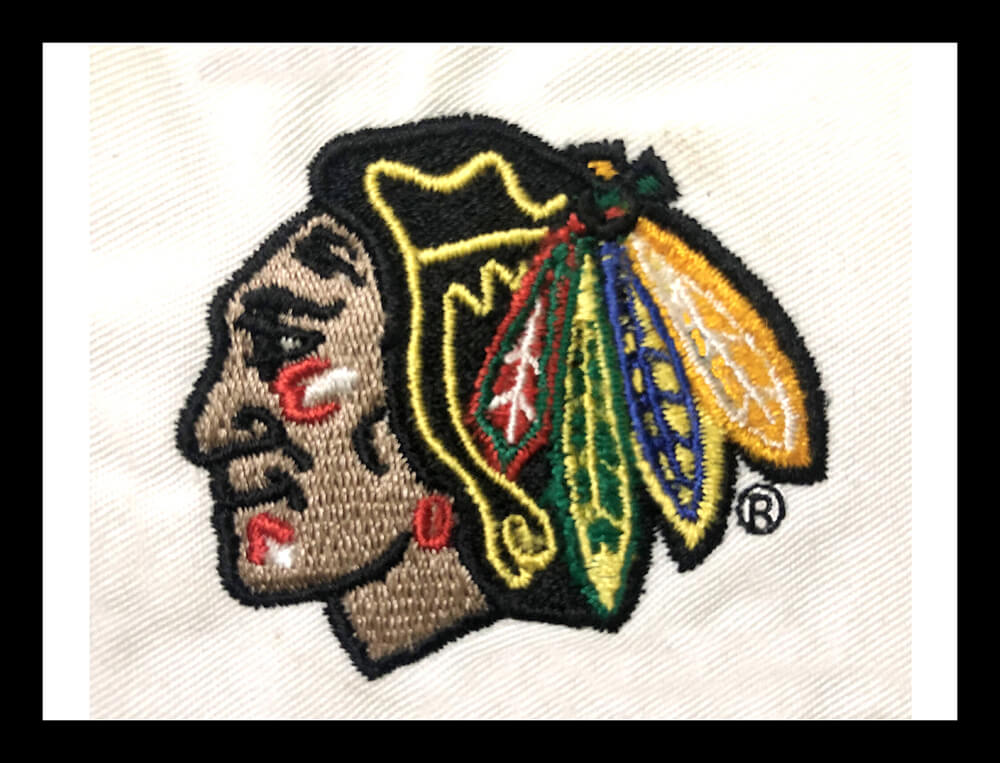Premier Digitizing for Embroidery: Perfect Stitch Every Time
Premier Digitizing for Embroidery: Perfect Stitch Every Time
Blog Article
Grasping the Needlework Digitizing Refine: Your Ultimate Guide
Needlework digitizing is a thorough craft that requires accuracy and competence to convert elaborate styles right into digital styles for maker needlework. As artisans start this journey to understand the needlework digitizing process, a comprehensive understanding of the fundamentals establishes the foundation for excellence. Past the primary knowledge lies a realm of advanced software application, specialized devices, and nuanced methods waiting to be checked out. By diving right into the subtleties of digitizing, one can open a world of creative possibilities and raise their embroidery jobs to new heights.

Recognizing Needlework Digitizing Essentials
Embroidery digitizing basics form the foundation upon which intricate designs are translated into machine-readable styles for specific sewing. This preliminary action in the needlework digitizing process is vital for making sure that the last embroidered product is a faithful depiction of the initial layout. Recognizing needlework digitizing fundamentals includes understanding essential concepts such as stitch types, stitch instructions, thickness, padding, and draw payment.
Stitch types play a vital role in determining the aesthetic and textural end result of the embroidered design. By picking the ideal stitch kind, whether it be satin, fill, or running stitch, digitizers can achieve the preferred impact and enhance the total high quality of the embroidery. Furthermore, sew direction influences the flow and dimension of the style, while thickness determines the spacing and protection of the stitches.
Moreover, rug stitching offers security to the style by safeguarding the material and avoiding distortion throughout the embroidery procedure. Pull settlement is one more vital consideration to combat the natural propensity of fabric to agreement when stitched. Grasping these embroidery digitizing fundamentals is fundamental for producing professional-quality embroidered items.
Choosing the Right Digitizing Software Program
Selecting the suitable digitizing software program is an important choice that considerably affects the performance and top quality of the embroidery digitizing procedure. Digitizing for Embroidery. When picking the appropriate digitizing software, it is necessary to take into consideration factors such as the complexity of styles you intend to develop, the user-friendliness of the software, the level of customer support provided, and the compatibility with your embroidery maker
There are different digitizing software program alternatives available on the market, ranging from fundamental programs for newbies to sophisticated software application for specialist digitizers. Some preferred selections consist of Wilcom EmbroideryStudio, Hatch Needlework Software Program, and PulseID. These software offer a variety of tools and features to assist you produce detailed layouts easily.
Prior to choosing, it is advisable to explore the various software program choices with totally free trials or trials to establish which one finest fits your demands. In addition, checking out evaluations and seeking recommendations from seasoned digitizers can supply useful insights right into the staminas and weaknesses of each software (Digitizing for Embroidery). By very carefully assessing your needs and comparing the features of various digitizing software, you can make an informed option that enhances your needlework digitizing workflow
Digitizing Devices and Methods

Optimizing Layout Setup for Needlework
Mastering the intricacies of design setups is basic in attaining optimum cause the needlework digitizing process, building upon the foundation laid by understanding digitizing tools and techniques. When maximizing layout setups for embroidery, it is important to consider factors such as stitch type, thickness, rug, pull compensation, and enrollment. Sew type selection influences the total feel and look of the design, with alternatives like satin, fill, and running stitches supplying various structures and effects. Density refers to the spacing and thickness of stitches, affecting the style's protection and sturdiness. try this web-site Proper padding stitching provides security and avoids material distortion, especially for intricate styles or on elastic materials. Pull payment adjusts for textile stretch during sewing, making sure accurate style replication. Enrollment settings straighten different aspects of the design precisely, keeping general layout stability. By fine-tuning these layout settings, embroiderers can boost the quality and accuracy of their stitched developments.

Troubleshooting Common Digitizing Issues
When encountering typical digitizing concerns during the needlework process, it like this is necessary to understand the root creates and implement efficient remedies promptly. One typical trouble is stitch density issues, where stitches may be also dense, triggering the textile to tighten, or also sparse, causing voids in the design. Adjusting the stitch density setups in the digitizing software program can help solve this concern.
An additional frequent difficulty is string breaks throughout the embroidery process. This can occur as a result of numerous reasons such as wrong stress setups, plain needles, or using low-quality thread. Guaranteeing appropriate upkeep of the needlework maker, consisting of normal needle adjustments and stress adjustments, can minimize the incident of thread breaks.
Additionally, style registration errors can cause misaligned components within the needlework layout. Checking the design alignment in the digitizing software and making required adjustments before sewing can aid in preventing this concern. By resolving these usual digitizing concerns without delay and properly, you can ensure a smoother needlework procedure and high-grade ended up items.
Final Thought
To conclude, mastering the embroidery digitizing procedure needs a strong understanding of the essentials, the ideal option of software, and expertise of devices and methods. Optimizing layout setups and fixing usual digitizing concerns are vital action in ensuring high-grade needlework results. By adhering to these actions vigilantly, one can attain accuracy and efficiency in the digitizing procedure.
Report this page